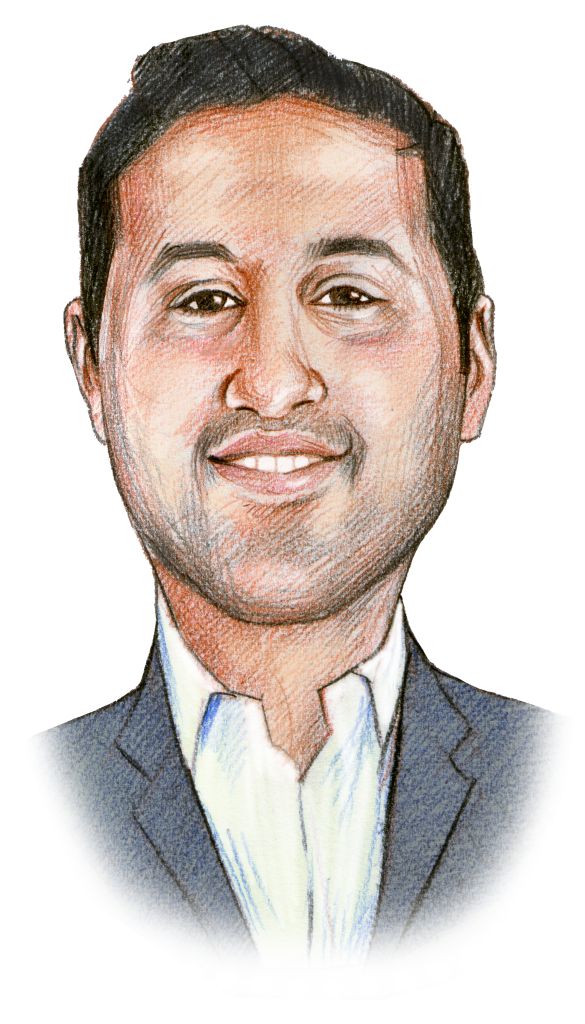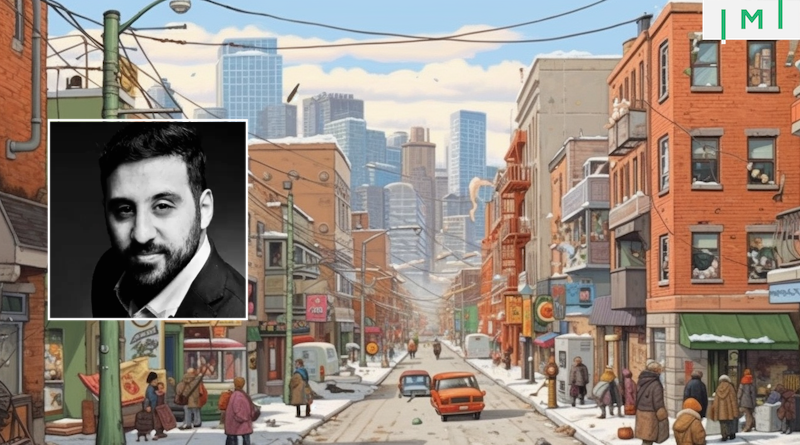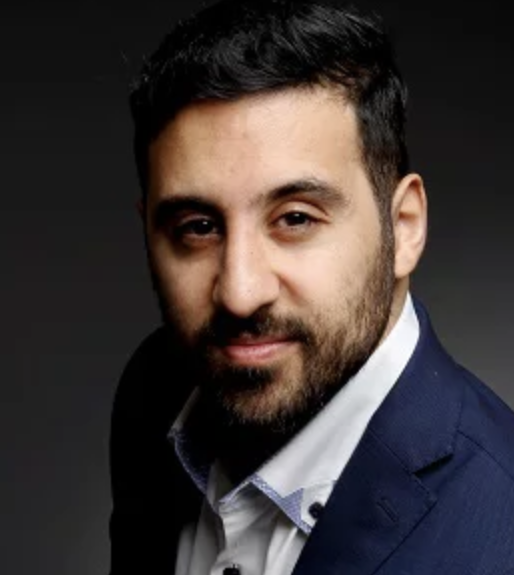Tajick’s Take: New Quebec IIP – The Good, the Bad, and the Ugly

Tajick’s Take With Stephane Tajick
A seasoned researcher on RCBI, Stephane Tajick analyzes global shifts in the investment migration industry.
On June 7th, the Quebec government published its draft changes to the Quebec Immigrant Investor Program. Below are the talking points:
- Financial intermediary quotas have been removed.
- The program is now a two-step procedure: It starts with temporary residence and can lead to permanent residence application after at least one year of physical presence in Quebec. The main applicant needs to spend at least six months in Quebec, while the spouse can complete the remaining six months.
- Applicants must make a C$1,000,000 investment with Investment Quebec (IQ) over five years at 0% interest. In addition, the applicant must donate C$200,000 to IQ.
- Financing is still allowed.
- The applicant (and likely the accompanying spouse if he/she contributes to the physical presence requirement) must master spoken French at least at level 7 (the equivalent of B2 on the EU scale).
Following the June 7th publication of the draft regulation amendments in the Quebec Gazette, the public has 45 days to weigh in with their comments. We now expect the publishing of final regulations in the early autumn and the program reopening for applications on the first day of the new year.
The current draft needs more clarity on whether applicants will need to attain the French level 7 to qualify for temporary residency, or later for permanent residence. The industry’s interpretation, in this regard, is mixed: The phrasing used in the Gazette indicates applicants will have to reach French level 7 from the start. This is because, in the current regulations, the program is a direct path to PR and is not a two-step program.
Based on Quebec’s current temporary worker path to PR, which the new QIIP mirrors, French level 7 is a requirement for provincial selection for permanent residency. Since new investors will receive a temporary work permit, the thinking goes, they will have a similar process. Whatever the intended meaning, by the time the Regulations are amended, that meaning could have changed.
What follows is my assessment of the positive, the negative, and the potentially calamitous features of the new program.
The Good

I think seeing the QIIP return is itself a cause for celebration. It’s heartwarming to hear positive news. Most people stopped cheering after noticing the language requirement but – believe me – there are some positives.
Processing time
First and foremost, the initial processing time will drop to months. There are no more set deposition periods. Depending on how fast the applicant completes the investment after the approval-in-principle, the process could be completed in under six months. This is big news and finally brings the QIIP into respectable processing time after years of shamefully long waiting periods.
That said, the process for permanent residency is still unclear. It might take:
- six months if processed through a new, dedicated admission category (the most likely scenario);
- two years if lumped in with skilled workers’ admissions;
- six to seven years if added to the current QIIP backlog.
We are hoping for six months.
Path to Citizenship
Quick processing time means a quick path to citizenship. Any applicant will likely spend at least 12 months (physical presence requirement) plus six months (estimated PR processing in the best case scenario) in Quebec, so a minimum of 18 months as a temporary resident before becoming a permanent resident. When applying for citizenship, temporary residence counts for half of the permanent residence. That means you can potentially get your Canadian citizenship in around five years from start to finish.
Physical Presence
Some may see the six months/1 year physical presence as a negative. But view this in the context of Canadian immigration. Immigration to Canada, whatever the form, requires physical presence. Long gone are the days when you could “tourist” your way into Canadian citizenship.
You must have physically spent at least 1,095 days (three years) out of the past five years for citizenship. To maintain your PR status, you must spend two years out of five physically in the country. There is no path to citizenship in Canada without physical presence. Six months/one year out of two years on the initial temporary permit is certainly not too much to ask.
The Bad
As you may have guessed, the bad outweighs the good.
Language Requirement
The elephant in the room is obviously the Level 7 oral French language requirement. It is level 7 out of 12, which is the equivalent of a B2 level (upper intermediary). You can look at the actual description of the different levels and see it’s not that easily achievable.
Now, before you despair, there are some mitigating factors:
- It’s only oral and not written. As a native French speaker, I can tell you there is a big difference between the two.
- You could take French classes in Quebec that will give you the qualification at the end or pass an exam at your own rhythm. Of course, this will only be applicable if the French test becomes applicable at the PR, rather than the TR stage.
- You need to speak either French or English to qualify for Canadian citizenship.
- All temporary workers in Quebec also need to pass the language test to be selected for admission to permanent residency. How hard can it be?
- Everyone would love to speak French anyway – all you need is the right motivation!
In all seriousness, Quebec has set the bar relatively high and are likely to also apply it to the accompanying spouse. For someone who doesn’t speak French, how long would it take to learn French and pass level 7? I would say six months to a year with at least a four-hour class a week. It’s not impossible, but it’s a heavy burden on the applicant, especially when you factor in the cost. If I were above 60 years old, I’m not sure I would take that risk.
The price has gone up
What was a C$1.2m passive investment has now become a C$1m passive investment plus a C$200,000 donation. The de facto financing/cash amount has gone from C$350,000 to around C$500,000. The US$400,000 equivalent all-in, one-time payment is much greater than what’s required for European Golden Visas but still relatively accessible in “cash outlay” terms compared to Australia, New Zealand, and even US EB-5.
The Ugly
There isn’t an ugly yet, but if it were to appear, it would potentially be the processing time for admission to permanent residency.
No quota is set for the first step, which is temporary residency. This process can be speedy, as stated before. The question mark rests more on admission quotas by Quebec for permanent residency.
The sane thing to do is to create a fresh new admission category for your ”French-speaking” bona-fida immigrant investors. Start at zero instead of lumping the new ones in with the old backlog. The difference would be a processing time of six months for a new category versus a six-year wait in the old backlog.
That existing immigrant investors have had to wait for up to 12 years for permanent residency is disgraceful enough. It would be maddening for it to apply to the new ones.
I don’t think this will happen, but we are dealing with a government that thrives on a ”trial and error” model of getting things done.
What actually worries me is that if the program does pick up, over time, the quota placed on investor admission by Quebec for PR will likely cause a backlog. The quotas for entry to temporary residency and admission to PR are not yet set, and it’s hard to envision this government will make it a biq quota. At a point, a new backlog could form – bis repetita.
Conclusion: Don’t jump to conclusions
The language requirement is a big stumbling block and poses a risk to the investor. Other Golden Visas also require a language test to qualify for PR or Citizenship. Immigration to Canada and every path to Western citizenship requires presence and commitment.
Overall, it is not the most attractive proposition, to say the least, but it is a workable program. I don’t expect a rush from the starting block, but three mitigative efforts can drastically improve the program’s prospects:
First, take the time to send your grievance in an articulate manner to Claire Malbouires (directrice des politiques d’immigration permanente, ministère de l’Immigration, de la Francisation et de l’Intégration) at reforme.immigration@mifi.gouv.qc.ca. I’m not joking; please do! We have until August 2nd to voice our concerns about these changes. Take a few seconds to write “those language requirements are too strict” and click “Send”. The best we can rationally hope for is that they drop it to level 5.
Second, the entire risk of the program rests on the failure to qualify for French Level 7. Facilitating the process of getting an applicant, whatever level they’re at currently, all the way to level 7, is really the entire thing to solve here. Unless there is a new AI tech I don’t know about, applicants will still need to learn the language the old-fashioned way.
If the French language requirement is tested for at the PR application stage, a post-landing settlement program could be critical in helping bridge that gap. A concierge service that would help them settle in Quebec and assist them in learning French. With all the money the government is taking from applicants, I’m sure they can spare a few thousand per applicant to help them learn the language. This is another suggestion you might express to Mrs. Malbouires.
There may be an escape route if applicants fail to qualify for PR via the Quebec route. Time spent in Quebec could count as “Canadian Experience” and open the door to other immigration paths in other provinces. It is a bit early to speculate, but that could open a range of possibilities.
In conclusion, we shouldn’t jump to conclusions. Just take a moment to remember how profitable the QIIP was for the industry. She may never be the belle of the ball again but, with a bit of makeup and the right lighting, she may yet be able to attract her fair share of suitors.
Lowering the French level, introducing a concierge service, and developing escape routes could all make the program more attractive by lowering the risk to the investor.
So take a moment to write Mrs. Claire Malbouires.
Immigration consultants, prepare to become full-time French teachers!
Read also: Opinion: The Dwindling Future of the Quebec IIP – A Shadow of Its Former Self
Stephane Tajick is a researcher in the field of investment migration, the developer of the STC database on more than 200 residence and citizenship by investment programs worldwide. He is a regular columnist at Investment Migration Insider.



